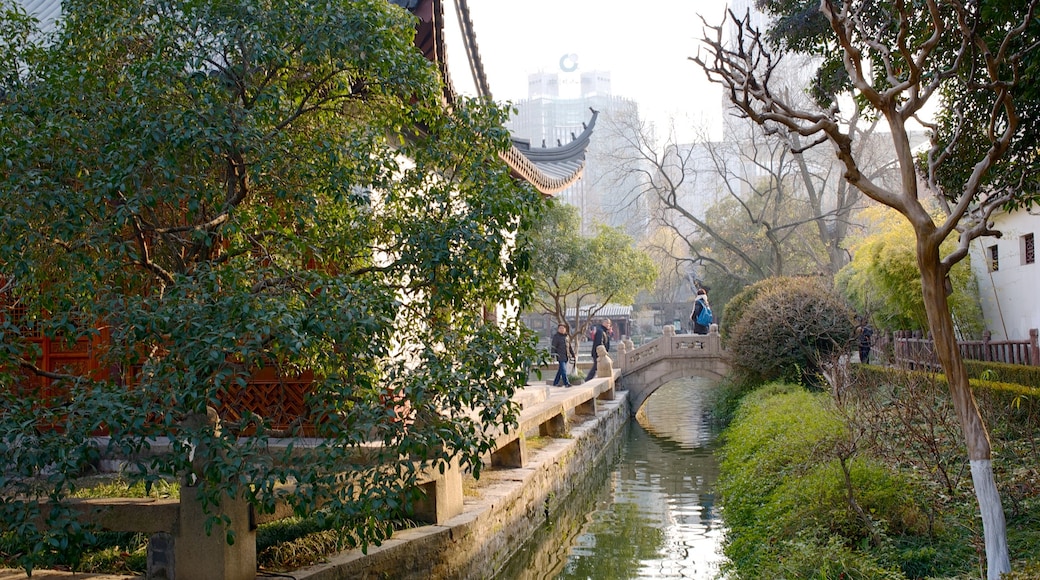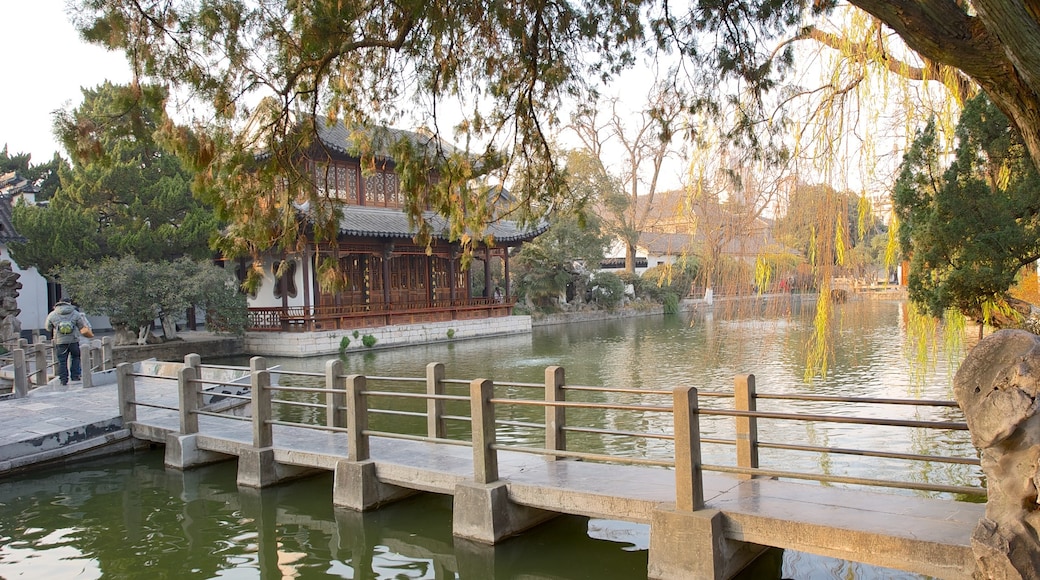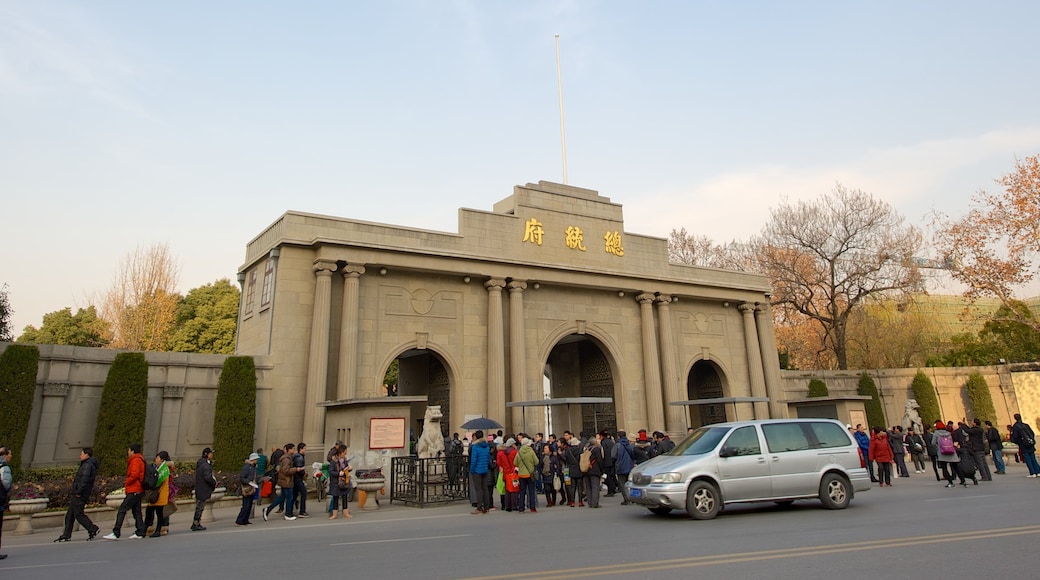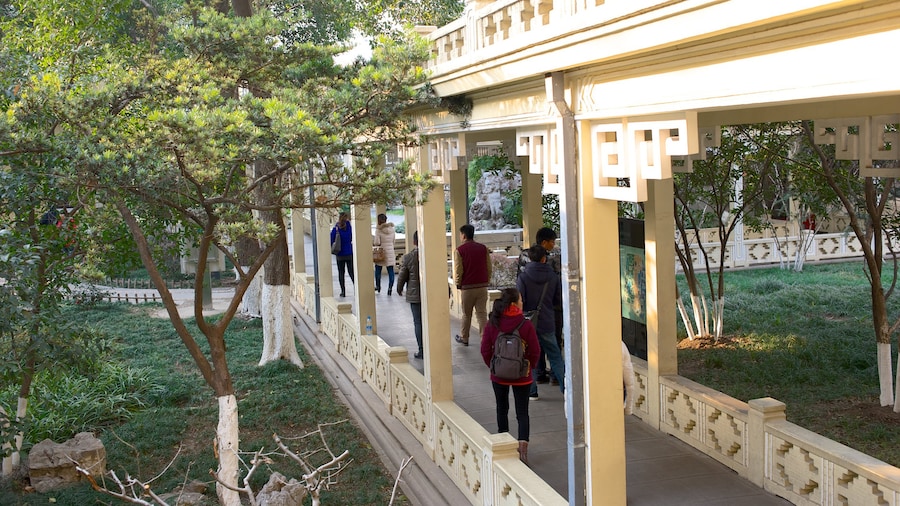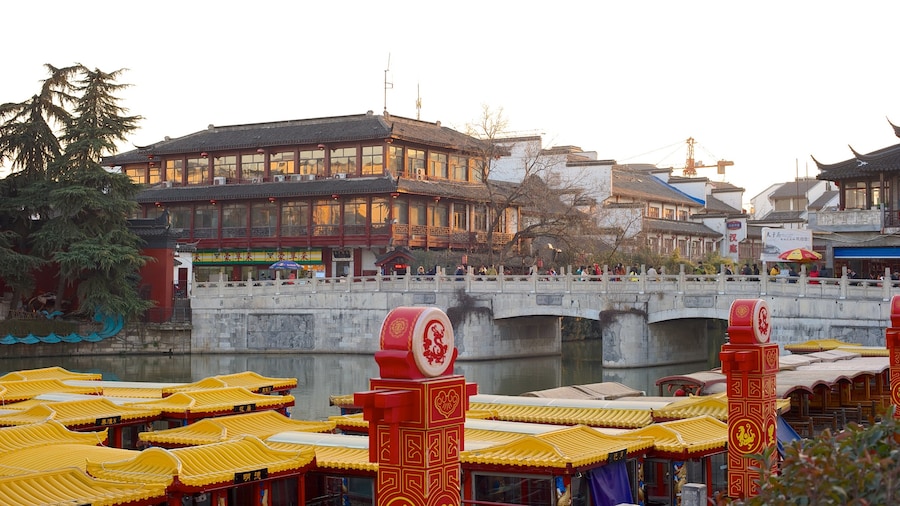From the Chinese Revolution to the nationalist government of the Kuomintang party, this palace has played a part in modern China’s dramatic political upheavals.
For more than 600 years the Nanjing Presidential Palace served as a home and office for some of the country’s most important political figures. Today, it is a history museum covering 20th-century China. Wander through imperial buildings, view exhibits filled with artifacts, photos and documents and tour the impressive gardens.
The palace occupies the site of two Ming Dynasty palaces and once housed the Office of the President of the Republic of China. Devote at least a couple of hours to exploring the museum’s three exhibition areas.
Go over to the central area where you will find the Presidential Palace, the offices of the National Government and the China Modern History Museum.
In the west section of the palace, visit the offices of Dr. Sun Yat-Sen, the father of modern China and leader of the Xinhai Revolution. Step inside the Liangjiang Viceroy residence where Dr.Sun Yat-sen took his oath of office in 1912. Here you can also wander through the beautiful Xiyuan Garden, which dates back to the Qing Dynasty and features a picturesque lake.
On the east side, view historical records and documents in the former executive department of the Republic of China. Paintings and displays throughout the palace complex document the rise and fall of political figures, philosophies and even fashions.
Other rooms worthy of exploration are the Reception Room of the Kuomintang government, where leaders used to relax before ceremonies, and the office of Chiang Kai-Shek. He led the Republic of China during World War II. See the model of the palace of the Taiping Heavenly Kingdom. The kingdom was an anti-dynastic state that was briefly in existence during the middle of the 19th century.
Nanjing Presidential Palace is situated in the Xuanwu District of Nanjing and can be easily reached by public transport, with many bus routes running nearby. It is open every day from early morning until early evening and there is an admission fee. The palace and its exhibits provide a fascinating insight into Chinese political history, before, during and after the introduction of communism.

